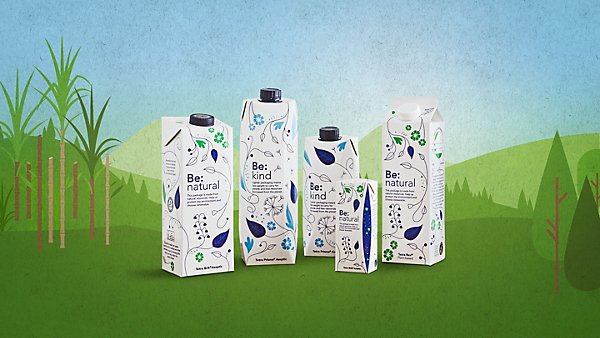Go Nature. Go Carton.
OVERVIEW ACTIONS SUSTAINABLE SOLUTIONS EXPLORE
Working towards the world’s most sustainable food package
Packaging plays a critical role in feeding people around the world. We are taking a circular approach when designing our food packages, to optimise the use of resources along the packaging value chain.
Our ambition is to create “the world’s most sustainable food package", solely made from fully renewable and fully recyclable materials1.
With our four focus areas we aim to enable the use of renewable materials, maximise the value of recycled material, minimise littering and make sure the package of the future is designed for recycling. Explore more and on our journey towards the world’s most sustainable food package below.








